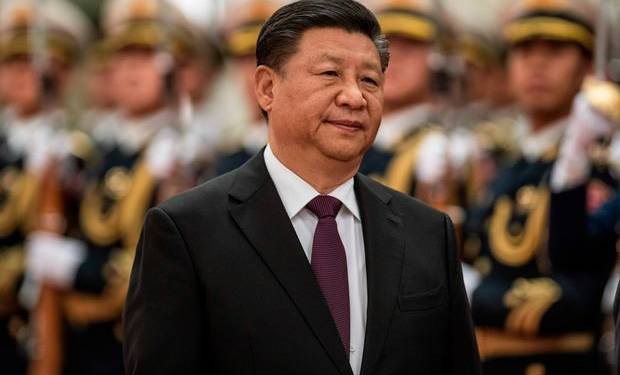As the Chinese virus indisposed the world, Beijing found an opportunity to push its Salami Slicing tactics- a strategy that denotes Chinese expansionism in the South China Sea and the Himalayas. It flexed its muscles everywhere from the East China Sea to the South China Sea, and Eastern Ladakh.
But now China is getting cornered as countries, both big and small, are standing firm in the face of Beijing’s bullying. Taiwan, the US, India and Japan are all matching Beijing in terms of aggression and build-up.
The latest to counter Chinese revisionism is the little island of Taiwan. The Republic of China, as Taiwan is officially called, has temporarily deployed Marines in the South China Sea. This follows reports of planned Chinese military drills in the maritime region in August.
A Ministry of National Defense (MND) official said that a number of Marines are on the Pratas Islands which are also known as the Dongsha Islands.
The Marines have been sent there on a training mission, and the deployment is reportedly supposed to bolster the defence capabilities and other skills of the Coast Guard officials who are currently stationed on the strategically located Islands.
China wants to occupy these Islands because of their strategic significance. Beijing wants to build a massive free trade zone in the Hainan province. However, warships have to pass through the strategic area around the Pratas Islands while sailing from the Hainan province to the Pacific.
On May 12, Japanese news agency, Kyodo News had reported that the Chinese People’s Liberation Army (PLA) is planning a war simulation, that is, a take over of the Pratas Islands. It is expected to hold a major beach landing exercise in August.
There is more trouble for the Dragon in the South China Sea. The United States has currently deployed three 100,000-ton aircraft carriers in the Pacific.
The USS Ronald Reagan and the USS Theodore Roosevelt are deployed in the Western Pacific, while the USS Nimitz is stationed in the East.
This is American naval power in its full glory. Every single aircraft carrier boasts of more than 60 aircrafts, and this is the biggest American deployment in the Pacific since 2017.
Rear Adm. Stephen Koehler, Director of Operations at the Indo-Pacific Command in Hawaii said, “Carriers and carrier strike groups writ large are phenomenal symbols of American naval power. I really am pretty fired up that we’ve got three of them at the moment.”
In the East China Sea, Japan is preparing to give China a bloody nose. As per Asia News, Japan will deploy the Patriot Pac-3 MSE Air Defense Missile System at four military bases this year. Currently, the Patriot PAC-3 has a maximum range of 70 kilometres which will be enhanced to 100 kilometres with the PAC-3 MSE.
Tokyo is augmenting its air defences at a time when Chinese vessels have been venturing around the Japanese islands- Senkaku Islands, which China calls Diaoyu islands, and the Islands of Miyako and Okinawa.
Finally, in its Southwest, China is facing an increasingly resilient and assertive India. A bloodshed at the Galwan Valley on June 15 resulted in heavy casualties on the Chinese PLA. And the Indian Army stands firm in face of Chinese aggression.
Amidst the ongoing stand-off in Eastern Ladakh, the Indian Air Force has moved its frontline assets to the forward bases.
Recently, the ANI posted certain pictures in which the newly acquired Boeing AH-64E Apache attack helicopters and the MiG-29 fighter aircraft could be seen doing the rounds in Leh, Ladakh.
The Apaches are battle-tested attack helicopters, and in India, they come armed with AGM-114 Hellfire air-to-surface missiles, AIM-92 Stinger air-to-air missiles, 2.75″ rockets and a 30mm chain gun.
Apart from the Apaches, the Chinooks have also been deployed in the region to aid in quick transportation of forces and equipment, The Print reported. Further, the Mirage 2000 fighter jets have also been moved from Gwalior, Madhya Pradesh, to bases near Ladakh. It is important to note that the Mirage 2000 jets were used by the Indian Air Force last year during the Balakot airstrikes.
China was flexing its muscles in its entire neighbourhood and maritime vicinity amidst the Coronavirus Pandemic. But now all major stakeholders have cornered China. Beijing is bound to get strangulated if its maritime and territorial disputes do not end anytime soon.


































